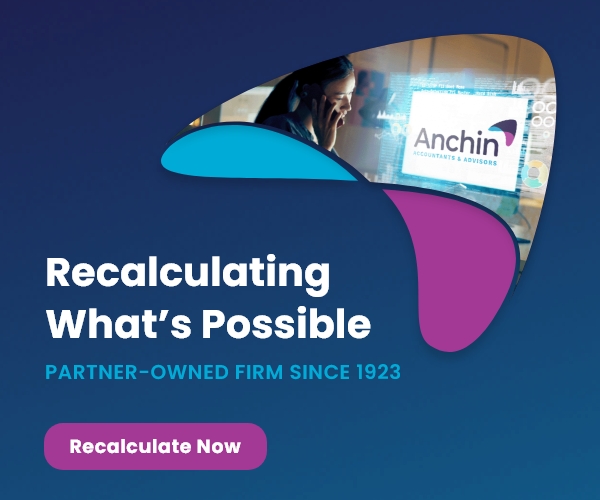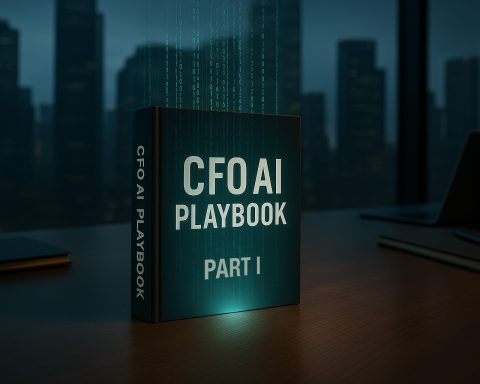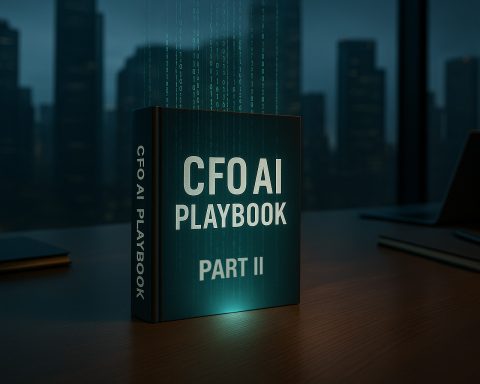Introduction
“We just had a last-minute event cancellation,” the caterer shares. “We’ve got a dinner prepared for 75 people, but it won’t last until our next event. Could you use it?”
This kind of unexpected offer of gifts-in-kind (GIK) to a nonprofit organization can be a godsend—timing often feels almost serendipitous. Whether it’s food, clothing, office supplies, or even professional services, these donations meet an urgent need. However, nonprofits must be prepared in advance to properly manage these unanticipated gifts. If such donations are wasted or disposed of after being accepted, it’s unlikely the donor will offer again in the future.
Preparation isn’t just about having the right space—like extra fridge or freezer capacity for food donations or designated areas for sorting clothing. It’s also about having the correct policies and procedures in place to ensure the organization can assess, accept, and appropriately report on these donations. A donor who goes out of their way to offer a gift wants to know it will be used, not discarded.
Take, for example, an organization that was featured on national television. This exposure resulted in an overwhelming influx of donations, including multiple brand-new refrigerators. While valuable, these refrigerators were bulky and unnecessary for the organization’s needs. Faced with no clear donation acceptance policy, the nonprofit had to decide whether to sell the appliances, store them until a potential need arose, or discard them. What began as a well-meaning gift ended up costing the organization valuable time and resources that could have been better spent elsewhere.
For nonprofits looking for more details and best practices in handling GIK donations, the ACCORD Network offers a robust resource. Their guidelines, referenced by entities such as InterAction, USAID, and the IRS, can help organizations create a consistent and reliable policy. A solid, transparent policy is key to ensuring that GIK donations are properly handled and accurately reported.
Handling and Reporting Non-Cash Donations
Nonprofit organizations are required to track and report donated goods accurately for financial reporting purposes. The GIK policy should define:
- Documentation and Receipt Issuance: When donations are received, nonprofits should issue receipts to donors, outlining the donated items without assigning a value (the IRS restricts nonprofits from assigning values to donations for tax purposes).
- Internal Valuation: The nonprofit must track and internally assess the value of the donation for accounting purposes. This will help ensure accurate financial reporting and compliance with Generally Accepted Accounting Principles (GAAP) and IRS regulations.
- Recordkeeping: A comprehensive record should be maintained for all donated goods, including the donor’s name, description of the items, valuation, and date of receipt.
Consistency in Valuation – Consistency is key in valuation practices to maintain the reliability and accuracy of financial reports over time. The policy should set guidelines to ensure that similar items are consistently valued the same way and that valuation methods don’t change from year to year unless clearly justified and documented.
Employee Training – Employees and volunteers involved in receiving and processing donations should be trained on how to properly assess, value, and document donations. This ensures that the valuation process is consistent, accurate, and aligned with the nonprofit’s policy.
Once an organization accepts a GIK donation, how do they track and report it?
In response to challenges with GIK accounting, the Financial Accounting Standards Board (FASB) issued an update—ASU No. 2020-07. This update mandates that “Contributed Nonfinancial Assets” (formerly GIK) be reported as a separate revenue line in the statement of activities. Additionally, nonprofits must clarify any estimates made in valuing donations within the footnotes of their financial statements. These changes are designed to bring more transparency and standardization to the reporting of non-cash donations, enabling better comparison between organizations.
While nonprofits are not required to assign a value to a donated item on the receipt (this is the donor’s responsibility for tax purposes), an internal valuation is necessary for the nonprofit’s records. The value assigned to the donation will play a significant role in financial reporting and compliance. According to the IRS and Generally Accepted Accounting Principles (GAAP), donated non-financial assets, like food or office equipment, must be recorded at their fair market value (FMV) when received, and again when used or disposed of.
The challenge lies in determining the fair market value of donated items, which is often based on retail or wholesale prices, but can vary depending on the condition of the item. Since these valuations often require estimates, discrepancies can arise between organizations, and even within the same organization year-to-year, leading to inconsistent financial reporting.
To avoid these issues, a consistent donation valuation policy is essential. Without it, financial statements may fluctuate unnecessarily, making it difficult for donors and stakeholders to compare year-over-year results. For instance, one year, a particularly optimistic staff member might assign an unusually high value to donated goods, skewing financial reports.
A. Key Elements of an Effective Donation Valuation Policy:
- Clear Definition of Donated Goods
The policy should clearly outline the types of donations the organization will accept, including goods, services, and non-financial assets. This includes food, clothing, furniture, equipment, and other in-kind gifts. Establishing a clear scope helps avoid confusion when receiving donations and sets expectations for both donors and the nonprofit. - Establishing Clear Thresholds for Accepting Donations
As referenced above, the policy should set clear guidelines on when to accept or reject donations based on their value, condition, and usefulness to the organization. For example, a nonprofit may choose not to accept donations that are expired, broken, or impractical to store. Having these thresholds in place ensures the organization doesn’t become overwhelmed by inappropriate or unhelpful donations. - Valuation Methods
The organization should define the methods by which donations will be valued. This includes guidelines for determining the fair market value (FMV) of items at the time of donation. Some common valuation methods include:- Retail Value: The price the item would sell for in a retail store. This is often used for items like clothing or furniture.
- Wholesale Value: The price the organization could pay to acquire the item in bulk, typically used for goods that will be distributed in bulk.
- Appraised Value: For unique or high-value items, the nonprofit may need to seek a professional appraisal to establish FMV.
- Discounted Value: In some cases, particularly for used items or items in poor condition, a percentage of the original value may be applied to determine FMV.
- Transparency and Communication with Donors
The policy should include clear communication to donors about how their donations will be valued and the process by which they will receive receipts. Donors should also be informed about the organization’s ability to accept certain types of donations. Transparency builds trust with donors and encourages future contributions. - Periodic Review and Adjustment of the Policy
The valuation policy should be reviewed regularly to ensure it aligns with changes in accounting standards, IRS rules, and the organization’s needs. Additionally, as the nonprofit grows, new types of donations or changes in donor behavior may require adjustments to the policy. - Compliant with IRS and GAAP Standards
The valuation policy must adhere to IRS rules, particularly regarding the donation of non-cash gifts. The IRS requires that GIK be reported at fair market value (FMV), and the nonprofit must follow specific accounting standards for reporting these contributions. Additionally, nonprofit organizations should adhere to GAAP, which requires that non-cash donations be recognized as revenue on the statement of activities when received and expensed when used or sold. - Handling Complex Donations
For unique or high-value donations, such as artwork, vehicles, or real estate, the policy should provide clear procedures for obtaining professional appraisals or consulting experts to determine the FMV. This ensures that the valuation is accurate and compliant with IRS requirements.
B. Benefits of an Effective Donation Valuation Policy
- Accurate Financial Reporting: Ensures financial statements reflect the true value of donations.
- Stronger Donor Relations: Builds trust through transparent and consistent processes.
- Maximized Impact: Allows the nonprofit to use donations effectively for its mission.
- Audit-Readiness: Prepares the organization for audits with clear documentation and policies.
Conclusion
An effective donation valuation policy is an essential tool for nonprofits to manage gifts-in-kind responsibly and efficiently. By defining clear valuation methods, setting acceptance thresholds, ensuring consistency, and maintaining transparency, nonprofits can turn donations into impactful resources while staying compliant with legal and accounting standards. With such a policy in place, nonprofits can confidently and ethically handle the influx of donations, building lasting relationships with donors and furthering their mission.
If you’d like to discuss your nonprofit’s GIK policy in more detail, feel free to reach out. We’re happy to explore this nuanced topic with you. And next time that caterer calls with an unexpected donation, you’ll be ready to confidently say, “Yes! We’d love to make great use of the dinner you’ve prepared!”






















